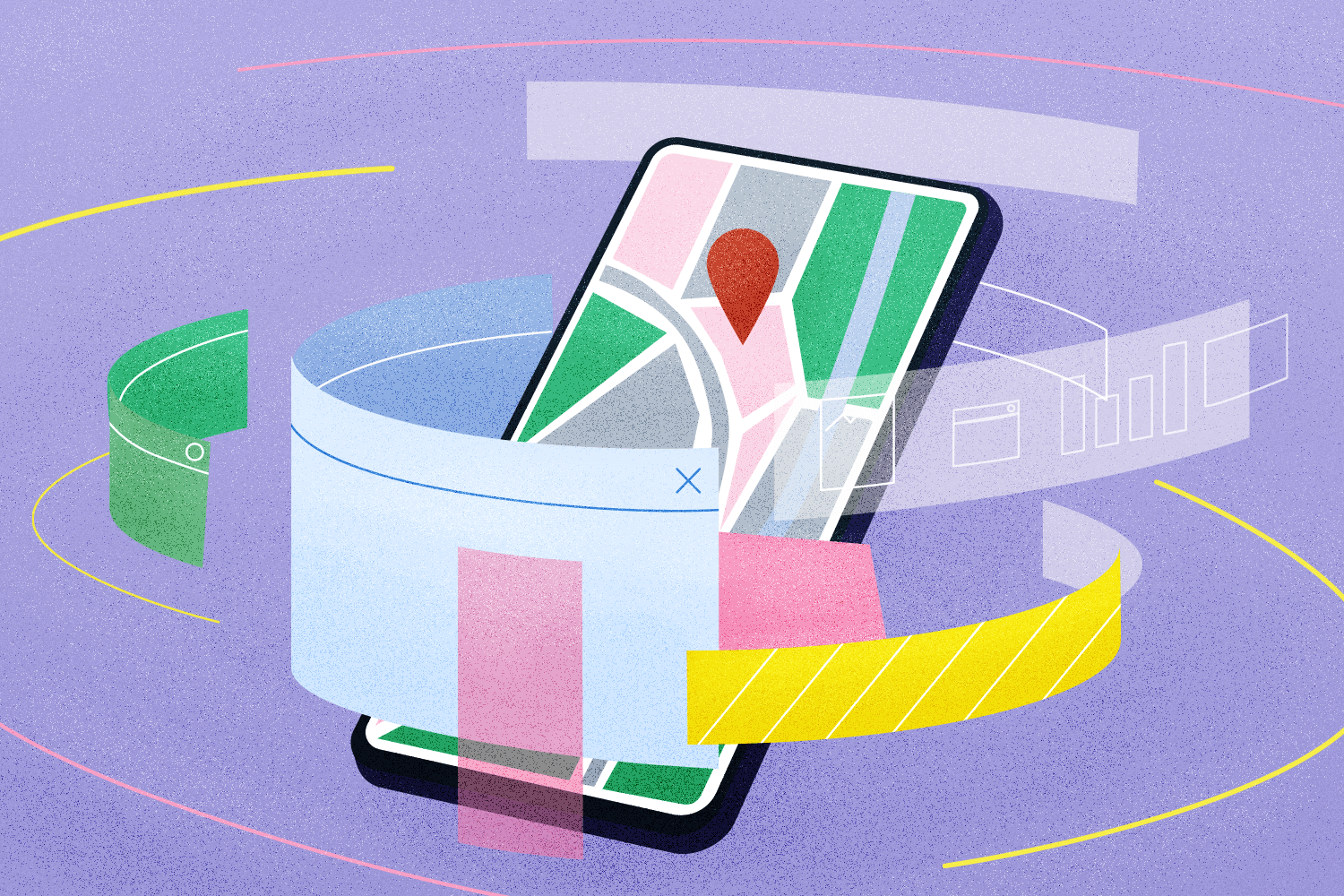If you read this, you’ve probably finished building a mobile application and figured out your design and coding elements. The next step now is to determine how your app is going to connect to a server.
In the last few years, the development of mobile applications has changed dramatically. Today, mobile applications have become more complex. Because of that, there is a need for fast solutions that match users’ social preferences, geolocation, and usage history. API for mobile applications makes these things possible.
Using API allows developers to use the work of other programmers and the same standards. This saves the time and effort required to write a complex program. For example, a phone can have a specific API that allows downloaded games to access a 3D graphics chip.
To see APIs in action, we only have to pick up our smartphones. Every time you use an app like Facebook or check the weather forecast on your mobile, you use an API.
In this article, we will explain everything you need to know about APIs. Let’s find out how it works, and why to use APIs for mobile application development.
What is an API for mobile apps?
API is the acronym for Application Programming Interface. It is a software intermediary that allows two applications to function and communicate with each other via the Internet. An application “A” on the user’s side sends a query to the application “B”, the web platform. Then the platform (“B”) returns a response with information or the result of the action requested in the “A” query.
It is a set of tools, definitions, and protocols for building software applications. APIs make it easier for developers to access another program or service. For example, large companies such as Facebook and Twitter use APIs that make it easier for developers to access their services and members.
Imagine an API like a restaurant menu. The menu offers a list of dishes you can order, along with a description of each meal. Once you determine which menu you want, the restaurant kitchen does the work and provides you with ready-made meals. You don’t know exactly how the restaurant prepares that food, and you don’t have to know it. The API works similarly.
Suppose you want to develop an iPhone app. Like any other operating system, Apple’s iOS operating system provides many APIs to make it easier to develop an app.
APIs easily connect to the required data and cut the need to pack enormous amounts of data into a mobile application framework. This makes applications more functional and easier to program. APIs enhance the user experience and can fuel the popularity of your app.
What is an example of an API?
The majority of apps today have to be connected to the Internet to operate correctly. Although we may not notice them, APIs are everywhere. They play a significant role in today’s economy and powering our lives from behind the scenes.
Examples of APIs we use in everyday lives:
Netflix
The world’s leading subscription service for watching TV shows and movies also uses API. Netflix API allows developers to access user information, movie ratings, queues, and rental history. The streaming service provides comprehensive documentation and resources. This makes it easier to implement the API into your mobile or web application.
Weather Snippets
One of the most common examples of using the API is weather data. For example, if you search for weather Google, you’ll see a dedicated box at the top of the search results with your current weather and forecast.
Although many say that Facebook is dying, it is still on the throne of social media, with at least 1.85 billion active users a day.
Facebook has its APIs accessible for implementation to company developers who want to take advantage of the vast treasure trove of information that the social network has gathered about every user. APIs easily connect to most existing CRMs. They give marketers the power to search and analyze data to deliver targeted ads and messages to Facebook users.
PayPal
If you ever used PayPal, that’s also an API at work. Functionality “Pay with PayPal” is built with APIs. It ensures that the end application can only do what it has to, without gaining access to unintended permissions or being exposed to sensitive data.
When the user clicks the button “Pay with PayPal”, the app sends an “order” request to the PayPal API and specifies the amount and other details. After that, a pop-up authenticates the user and confirms their purchase. Last, the API sends confirmation of payment back to the application.
Travel Booking
Do you know how travel booking sites can collect thousands of destinations, flights and showcase the cheapest option? They use third-party APIs to add flight and hotel availability from providers.
APIs are great for travel services because they make it easy for machines to autonomously and quickly exchange data, trip availability, and reservation requests. If there are no APIs, an employee of the booking service would have to email the airline or hotel to check the availability and wait for the provider to confirm it.
Payment Gateways (Services)
A payment gateway API is an alternative to the hosted checkout pages traditionally used by eCommerce businesses. This API integrates with your existing digital processes to connect your company’s checkout system to a payment acquiring network and allow customers to make purchases without leaving your website to process payments. Payment gateway API directly affects your relationship with your customers and creates a more seamless customer experience.

How do APIs help businesses?
Over time, more and more companies are applying an increasingly complex combination of technologies, computer systems, applications, and processes that help them work more efficiently.
These legacy technologies are often not interoperable with newer technologies. As they age, they become increasingly inefficient. This can cause problems when adding newer software and services, such as modern APIs. It can be solved by implementing solutions for API integration and development – one platform that businesses can use to build, design, check, secure, and manage APIs.
The main advantages of using APIs in mobile app development:
01. Fast Sign-in
When you have to sign in to an app, typing in the email address, creating a password, and confirming the registration is becoming a more daunting task today. Using Google or Facebook APIs supports a sign-in feature while enhancing the mobile app user experience.
02. Social Engagement
Connecting APIs of popular platforms like Facebook, Whatsapp, Instagram, or Twitter will allow users to post comments, share the content, and directly leave reviews in your app. This way, you can increase users’ retention and mobile app conversion.
03. Efficiency and Effectiveness
Efficiency and effectiveness are important reasons why many companies implement API to produce the greatest results. In the initial stage to get access to the API, the system quickly and automatically publishes the content and ensures the availability for every channel or digital medium. This way, the content gets shared with an enormous target audience easily.
04. Integration
APIs are beneficial to integrate, embed or synchronize the services from the web platform into the user’s product without depending on the operating system or programming language.
05. Customization
The users can customize the service, implement new functions, or analyze the data according to their needs, and modify whatever they want.
06. Automation
It reduces the number of tasks that have to be done on the web platform. These tasks are programmed and executed from a computer, which increases workflow efficiency. For example, it is possible to get real-time data without human intervention or run some actions in the platform after certain conditions.
How can I improve my API?
Extra tips for successful API
There are two ways to integrate an API into a mobile application. You can use a pre-built API or go for API Development and develop an API from scratch.
The first option is faster and cost-effective. Pre-built API requires less development experience than making an API from scratch. Contrary, by creating a new API, you have more opportunities to make it custom and secure.
In Async Labs, we usually develop APIs ourselves, but sometimes we hook into existing APIs. It is essential to understand how they work and impact the product or solution we are implementing and designing.
When it comes to making decisions, the choice is all yours. You can always purchase an existing API, but if you decide to make your API, hire a mobile app development company that you can trust.
Have an app idea and want to hear our suggestions about what APIs can enhance your application? You can always get in touch with our experts by sending an email.
